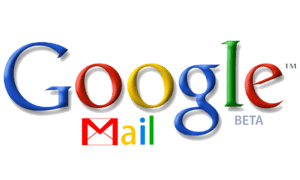Most of the content of the internet is visual and website creators don’t often use alt text to label their images which means that people who have to use screen readers or Braille displays don’t always get to know what the images on a certain website are showing.
When Google cannot describe an image, all the screen reader will be able to deliver would be a “No description available” message.
To tackle this issue, Google decided to add machine learning capabilities to Chrome. The AI will be able to recognize the images it sees and offer the users text descriptions of what’s going on on the screen.
“The unfortunate state right now is that there are still millions and millions of unlabeled images across the web,” Laura Allen, senior program manager on the Chrome accessibility team, who is also a low-vision user herself, has said of the new feature. “When you’re navigating with a screen reader or a Braille display, when you get to one of those images, you’ll actually just basically hear ‘image’ or ‘unlabeled graphic,’ or my favorite, a super long string of numbers which is the file name, which is just totally irrelevant.”
For example, the feature would ‘see’ an image of a market stall and would describe it as “Appears to be fruits and vegetables at the market“. So, while the description might not be fully accurate, the users will get an idea of what’s on the screen.
Only users with screen readers will have access to it and, in order to enable it, all they have to do is go on Chrome, click Settings, then Advanced and find the Accessibility section. Over there, they’ll find a “Get image descriptions from Google” text that they’ll have to enable and it will be all set from there on.
Follow TechTheLead on Google News to get the news first.























